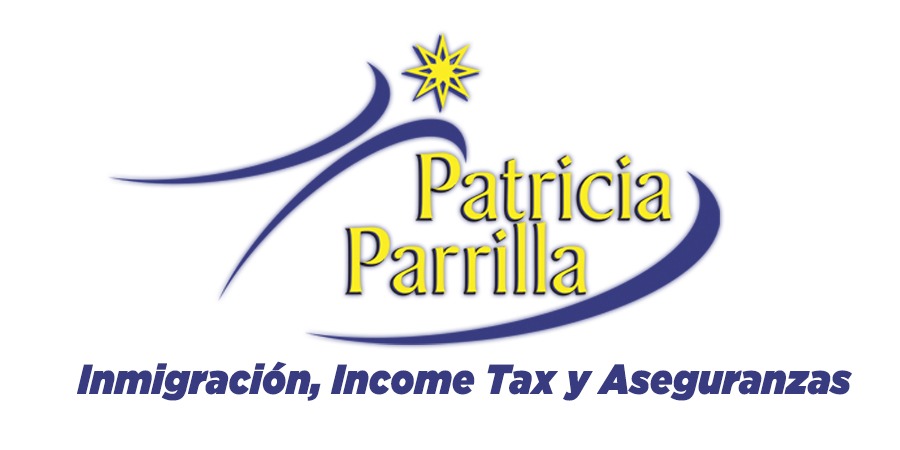
October is National Work and Family Month, and to celebrate, the IRS is issuing informative tips on the work-life balance. Topics include family businesses, family tax credits, military tax benefits, scams and security issues.
National Work and Family Month was established by a 2003 Senate resolution. October was chosen to help communicate and celebrate progress towards creating more flexible work environments and helping Americans better balance their work-life commitments.
Employer Credit for Paid Family and Medical Leave
This credit highlights the spirit of National Work and Family Month. Eligible employers who provide paid family and medical leave to their employees in 2019 may qualify for a business credit. An employer must have a written policy to qualify. The policy should provide:
- At least two weeks of paid family and medical leave annually to full-time employees, prorated for part-time employees.
- Family and medical leave pay that is at least 50% of an employee’s wages.
For tax years 2018 and 2019, the worker must earn $72,000 or less to qualify. The credit ranges from 12.5% to 25% of wages paid to qualifying employees. Some employers, the IRS says, may be eligible to claim the credit retroactively.
Wages qualifying for the credit should have been paid in tax years beginning after Dec. 31, 2017, and before Jan. 1, 2020. Tax year 2019 is generally the last year most employers can claim this credit.
Family and Medical Leave Act
FMLA traces its roots back to 2003 and requires covered employers to provide employees with job-protected and unpaid leave for qualified medical and family reasons. The law specifies certain types of employees who qualify for up to 12 weeks of unpaid, job-protected leave per year. During the leave period the employee’s group health benefits are also protected.
FMLA is designed to help employees balance their work and family responsibilities by allowing them to take reasonable unpaid leave for specific family and medical reasons.
For more information, check out “Employer Credit for Paid Family and Medical Leave,” available at IRS.gov. Other resources include the “Highlights of Tax Reform for Businesses” and “Employers may Claim Tax Credit for Providing Paid Family and Medical Leave to Employees” web pages.

 Patricia Parrilla Tax Services
Patricia Parrilla Tax Services